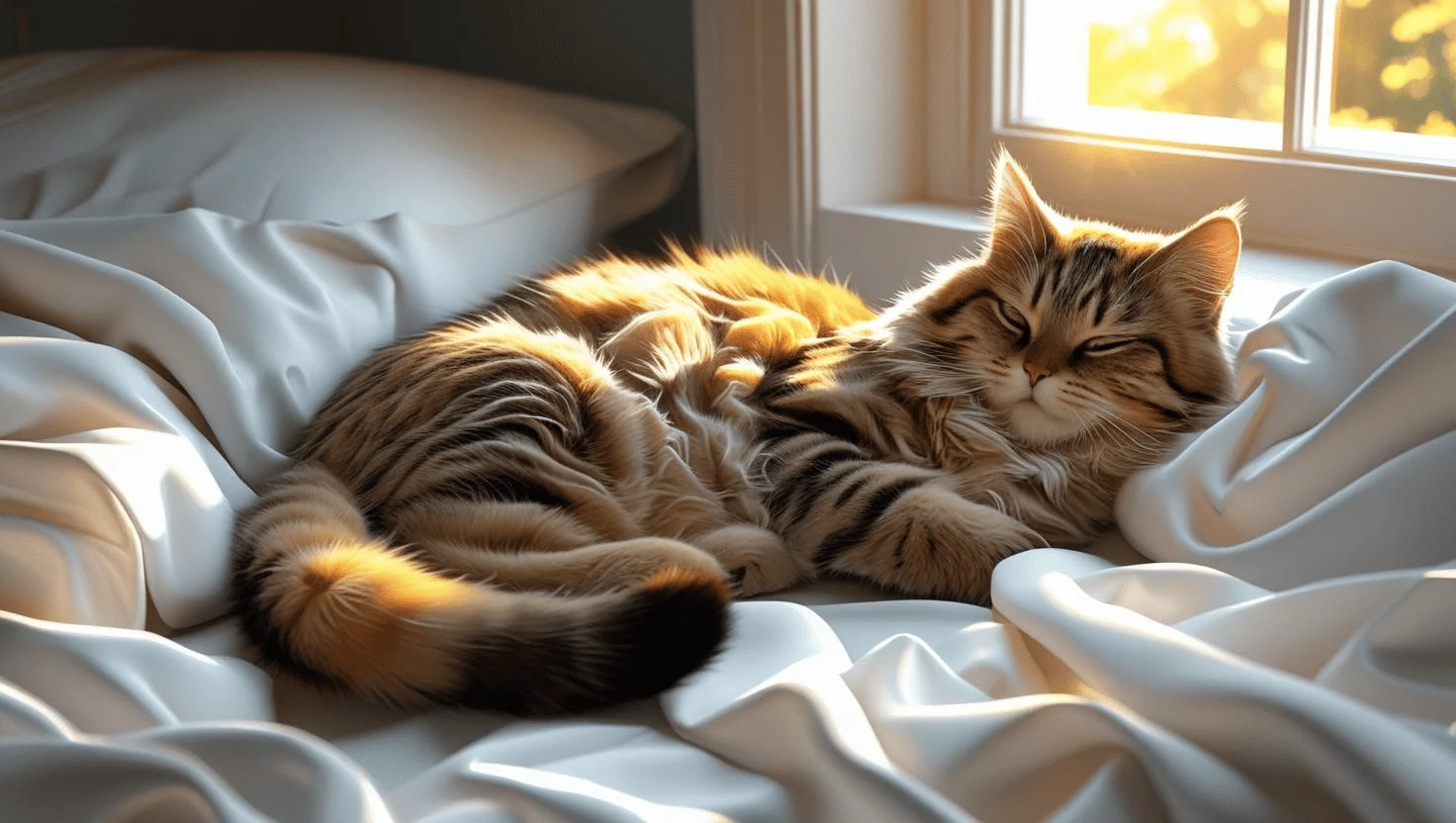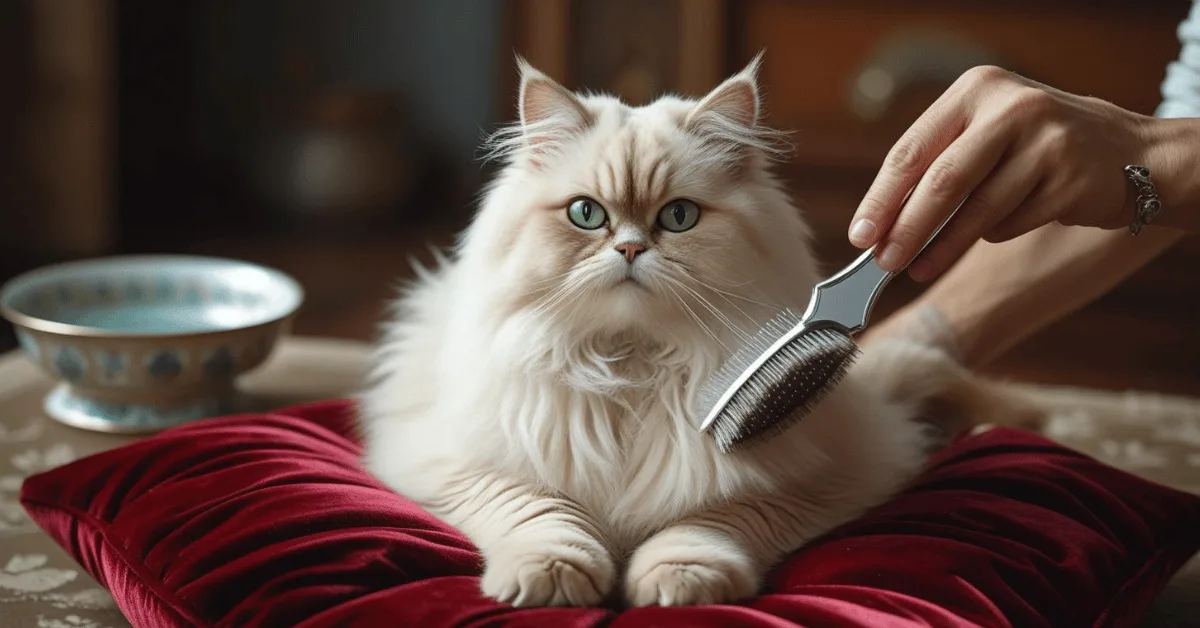Cats are famously self-grooming creatures, but sometimes they need a little help staying clean. Whether your cat hates baths, has mobility issues, or simply got into something messy, you may need to clean them without using water.
Why Cats Don’t Always Need Water Baths
Cats spend a significant portion of their day grooming themselves, using their tongue to remove dirt and excess oils. For healthy indoor cats, full water baths are rarely necessary.
When Extra Cleaning Is Necessary
- Sticky or greasy messes: If your cat got into food or oil.
- Elderly or overweight cats: They may struggle to groom effectively.
- Medical conditions: Skin infections, dandruff, or fleas may require additional care.
Dry Shampoos for Cats
Dry shampoo is a popular and safe way to clean cats without the hassle of water. These come in sprays, foams, or powders designed specifically for felines.
Using Waterless Cat Shampoo
- Apply a small amount of foam, spray, or powder to your cat’s coat.
- Gently massage it through the fur, avoiding the face and ears.
- Brush thoroughly to remove residue and distribute oils.
Pro Tip: Always choose a cat-safe formula, as products made for dogs or humans may contain harmful ingredients.
Grooming Wipes for Quick Cleanups

Pet wipes are perfect for spot cleaning after mealtime messes, litter box accidents, or muddy adventures.
Benefits of Grooming Wipes
- Gentle on skin and fur
- Infused with safe cleansers or moisturizers
- Easy to use for face, paws, and undercoat
For a sustainable choice, consider biodegradable wipes that are both eco-friendly and safe for pets.
Brushing as a Natural Cleaning Method
Regular brushing not only keeps your cat’s coat shiny but also removes dirt, loose fur, and dandruff.
Brushing Techniques
- Short-haired cats: Use a bristle brush or grooming glove.
- Long-haired cats: A wide-toothed comb prevents tangles and mats.
Brushing sessions also reduce shedding and hairballs while giving you an opportunity to check for fleas or skin irritations.
Related Posts
- Why Your Cat Follows You Everywhere
- Why Do Cats Meow at Night?
- Why Do Cats Sleep So Much?
- Why Do Cats Cry Like Babies at Night?
- How to Bathe a Cat That Hates Water?
Dry Bathing Powders and Cornstarch
If you don’t have pet shampoo or wipes on hand, cornstarch can serve as a safe alternative for greasy fur.
How to Use Dry Bathing Powder
- Sprinkle a small amount of cornstarch onto your cat’s coat.
- Gently rub it in to absorb oils.
- Brush thoroughly to remove all powder.
This method works best for quick degreasing rather than full-body cleaning.
Keeping Paws and Ears Clean

Cats often track dirt and litter on their paws and may develop wax buildup in their ears.
Paw Cleaning
- Use pet wipes or a damp cloth (no soaking needed).
- Trim fur around paw pads to reduce dirt buildup.
Ear Cleaning
- Apply a cat-safe ear cleaner to a cotton pad.
- Wipe gently, avoiding deep insertion into the ear canal.
For detailed ear-cleaning instructions, you can check trusted veterinary sources like Cornell Feline Health Centre.
Diet and Hydration’s Role in Cleanliness
A cat’s outward appearance often reflects their internal health. Providing the right nutrition and hydration helps maintain a clean, shiny coat while reducing the need for extra grooming.
Nutritional Support for a Healthy Coat
Cats that consume a balanced diet rich in omega-3 and omega-6 fatty acids tend to have healthier skin and fur. High-quality cat food, often containing fish oil or flaxseed oil, promotes natural shine and reduces dandruff.
The Importance of Proper Hydration
Cats are notoriously low water drinkers, so offering wet food or investing in a cat fountain can encourage better hydration, ultimately leading to a cleaner, healthier coat.
Stress-Free Grooming Practices
Cats can be highly sensitive, and forcing them into grooming sessions may cause anxiety. Creating a positive environment ensures that cleaning without water remains a stress-free experience for both owner and pet.
Creating a Calm Environment
Before grooming, choose a quiet spot free from distractions. Speak gently to your cat, offer treats, and use slow, deliberate movements. The calmer your cat feels, the easier it will be to wipe, brush, or apply dry shampoo without resistance.
Using Positive Reinforcement
Rewarding your cat with treats or playtime after grooming helps them associate the experience with something pleasant.
Reducing Odors Naturally

If your cat smells but doesn’t need a full cleaning, you can freshen them up without chemicals.
- Sprinkle a small amount of baking soda on carpets and bedding, not directly on your cat.
- Wash cat blankets and toys regularly.
- Maintain a clean litter box to minimize lingering odors.
When to Seek Professional Help
Sometimes, home cleaning isn’t enough. If your cat has persistent odors, excessive dandruff, or matted fur that you can’t manage, a professional groomer or veterinarian can help.
Conclusion
Cleaning a cat without water is not only possible but often the best option for keeping them stress-free. With dry shampoos, grooming wipes, regular brushing, and natural cleaning methods, you can maintain your cat’s hygiene comfortably.


1 thought on “How to Clean a Cat Without Water: Best Grooming Tips”